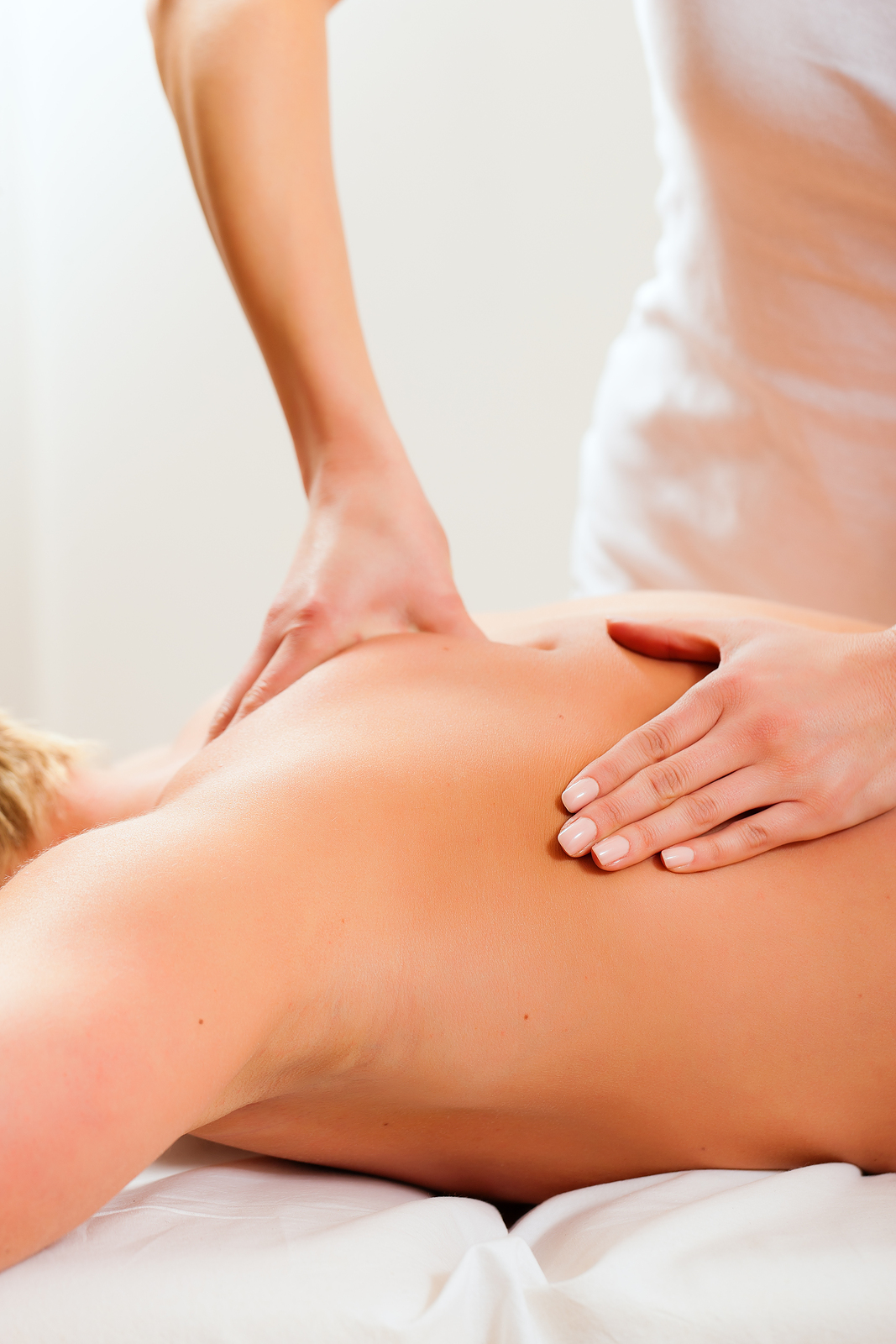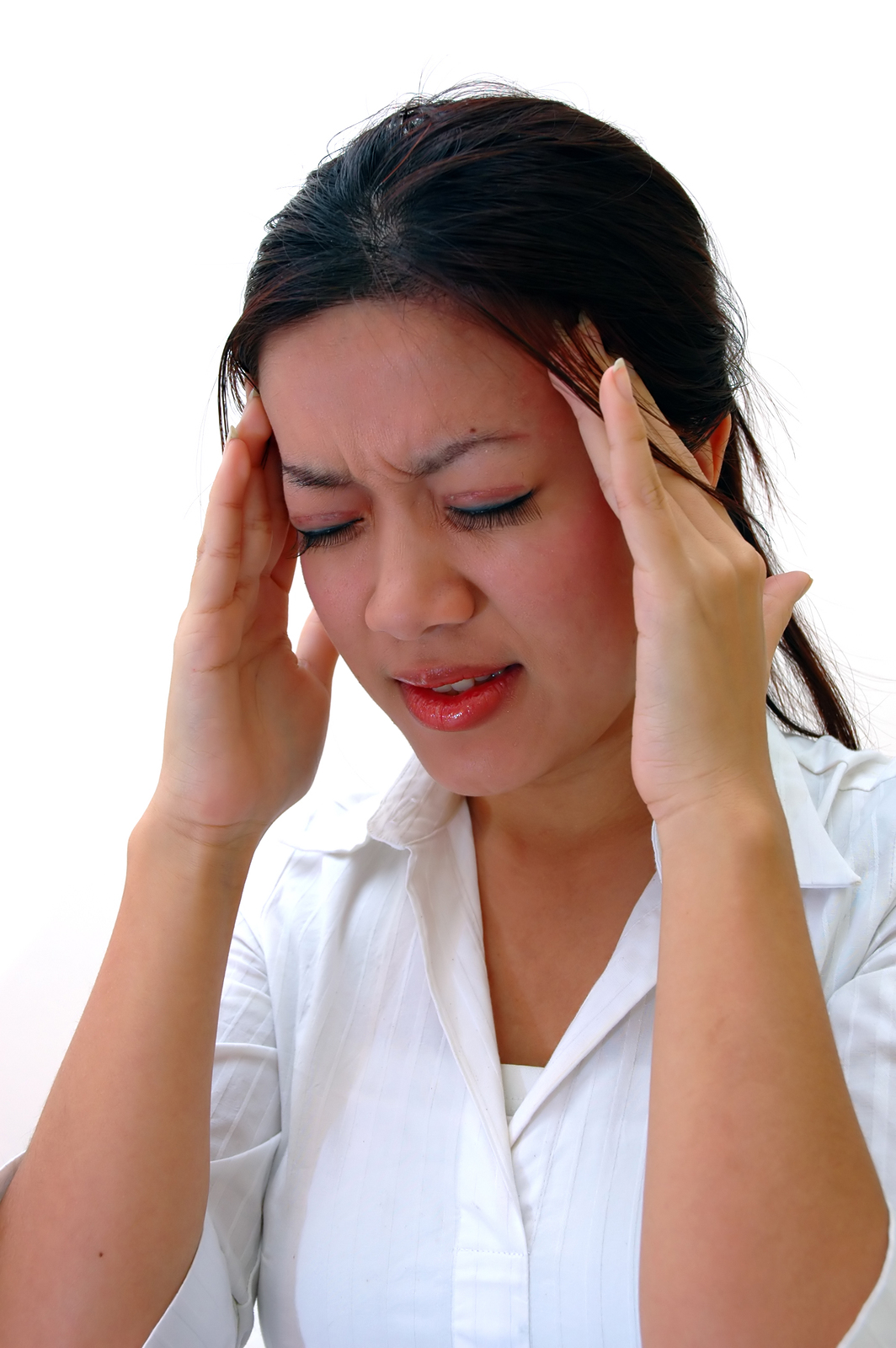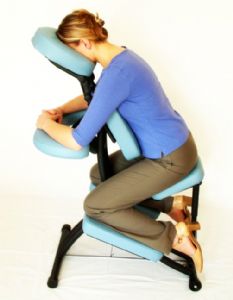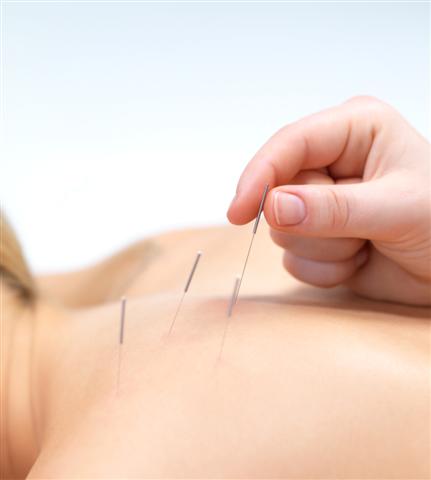
We all know that when we are feeling tired and run down we are much more likely to come down with a sore throat, cold or generally feel off colour. Massage boosts the body’s immune system which can become compromised from extended periods of stress. When the body is under stress it boosts it production of the hormone cortisol to support the “fight or flight” response. If the hormone remains elevated in your bloodstream for a long period of time though, it wears down the immune system.
Stress doesn’t just contribute to physical ailments. It can rob you of your energy and joy in life leaving you less able to enjoy leisure activities and more prone to be short and irritable with those you love.
Massage therapy is one of the best remedies for stress. A professional massage with aromatic oils and relaxing music can have a powerful and beneficial effect on both the mind and body. Massage creates a sense of wellbeing and invigorates the body by removing aches and pains and diminishing anxiety.
Hippocrates the father of modern medicine advocated what he called ‘regime therapy’, which boosted the body’s own healing power, based on diet, exercise and massage. He said that people would not be ill if they ate well, exercised and had periodic massage to alleviate the stress and strain, whilst in sickness the same procedure lead to a more rapid recovery.
The ancient Greeks and Romans appreciated the importance of this and massage was very popular in their cultures and today it remains an integral part of Oriental societies- maybe we to should embrace this philosophy.

Headaches involve pain or discomfort of the head, scalp or neck usually associated with muscle tightness in these areas. Many people report headaches as a kind of steady pain (although sometimes it’s a throbbing pain) that forms a tight vice like band around the head.
Pain can also be felt in the forehead, temples, top or back of the skull. Unlike migraines headaches do not cause nausea, vomiting or sensitivity to light. Headaches are often caused by severe muscle contractions, which can be triggered by emotional stress, physical exertion, poor posture or being dehydrated. Eyestrain caused by dealing with large amounts of paperwork or prolonged periods of staring at a computer screen are also common trigger factors for headaches. Individuals who are stressed, grind their teeth or have poor posture find that the physical strain they place on their body by these actions causes tension in the muscles of the neck and shoulders often resulting in a headache. Massage and Myotherapy are extremely useful tools in alleviating the stress and tension that builds up in the neck, scalp and shoulders muscles. Once the pressure on the compressed nerves and muscles is released you will notice a decrease in the frequency and severity of your headaches. Relief from headaches is at hand. ‘Why Knot’ make an appointment today, you’ll be glad you did.

A simple, cost-effective way to;
Reduce Stress
Improve Employee Morale
Increase Productivity
Show Staff You Care
Workplace stress is a fact of life. Deadlines, changing technology and interpersonal conflicts are often unavoidable issues that need to be dealt with on a daily basis.
Ongoing stress leads to absenteeism, employee turnover, reduced productivity and compensation claims.
The physical effects of stress include headaches, poor concentration, muscular tension and pain, lowered immunity (increased susceptibility to colds and flu), high blood pressure, anxiety and the list goes on.
Don’t burn out, chill out. On site massage can help. It works because it;
-Provides a complete change of pace so the body and mind can relax and recharge.
-Reduces muscular tension and the pain it causes.
-Encourage alertness, clarity and focus.
-Helps people feel better about themselves which can motivate them to take other steps to improve their health and wellbeing (e.g. Diet, exercise and lifestyle changes).
-Employees love it.
On site massage is easy to implement and is extremely popular with recipients. The routine takes between 10 and 15 minutes to complete and is done over clothing. A portable massage chair is used which can be set up and dismantled quickly in almost any area.
You elect how long you would like us to spend massaging each individual. Ten minutes per recipient, means we can do six people per hour; a fifteen minute routine allows us to do four individuals per hour.
Please contact us for a quote on pricing.
There is no ongoing commitment and all charges are fully tax deductible.
‘Why knot’ book a session, so you and others in your organisation can experience first hand the benefits of on-site massage.

Why Knot Massage now offers instant health fund rebates through electronic claiming facilities provided by iSoft. This means you pay only the difference between our fee and the rebate your health fund offers.
Depending on your level of cover, both Remedial Massage and Myotherapy attract rebates from most private health funds. You will need to have some level of ancillary or extra’s cover in order to be able to claim a rebate on your treatment.
Most but not all major health funds offer instant health fund rebates through electronic claiming.
All our therapists are registered Myotherapists, Sports Therapists and Remedial Massage Therapists who most Private Health providers recognise.

Massage is the ultimate gift. 'Why
knot' treat your family and friends. From deep tissue to decadent we can
tailor make a session to suit individual requirements.
We accept credit card (Mastercard and Visa only) payments over thephone and can mail out vouchers for you.
Please allow us a few days notice before the big event though.
Gift vouchers mailed out attract an extra $5-00 fee for postage and handling.

Dry needling is a procedure in which an acupuncture needle is inserted directly into the muscle at the site of a trigger point. A trigger point is a hypersensitive spot in a muscle that can refer pain into other areas of the body.
Once the trigger point is deactivated (this can be done through acupressure or dry needling) the pain that is felt in the muscle or the joint movement that has been limited is improved.
Dry needling focuses solely on joint and muscular injuries and pain unlike oriental style acupuncture which works with energy meridians and flow in the body to rectify health complaints. So whilst acupuncture and dry needling sound similar there use in treatment is quite different.
Dry needling is often used in conjunction with Myotherapy as part of a standard treatment protocol.